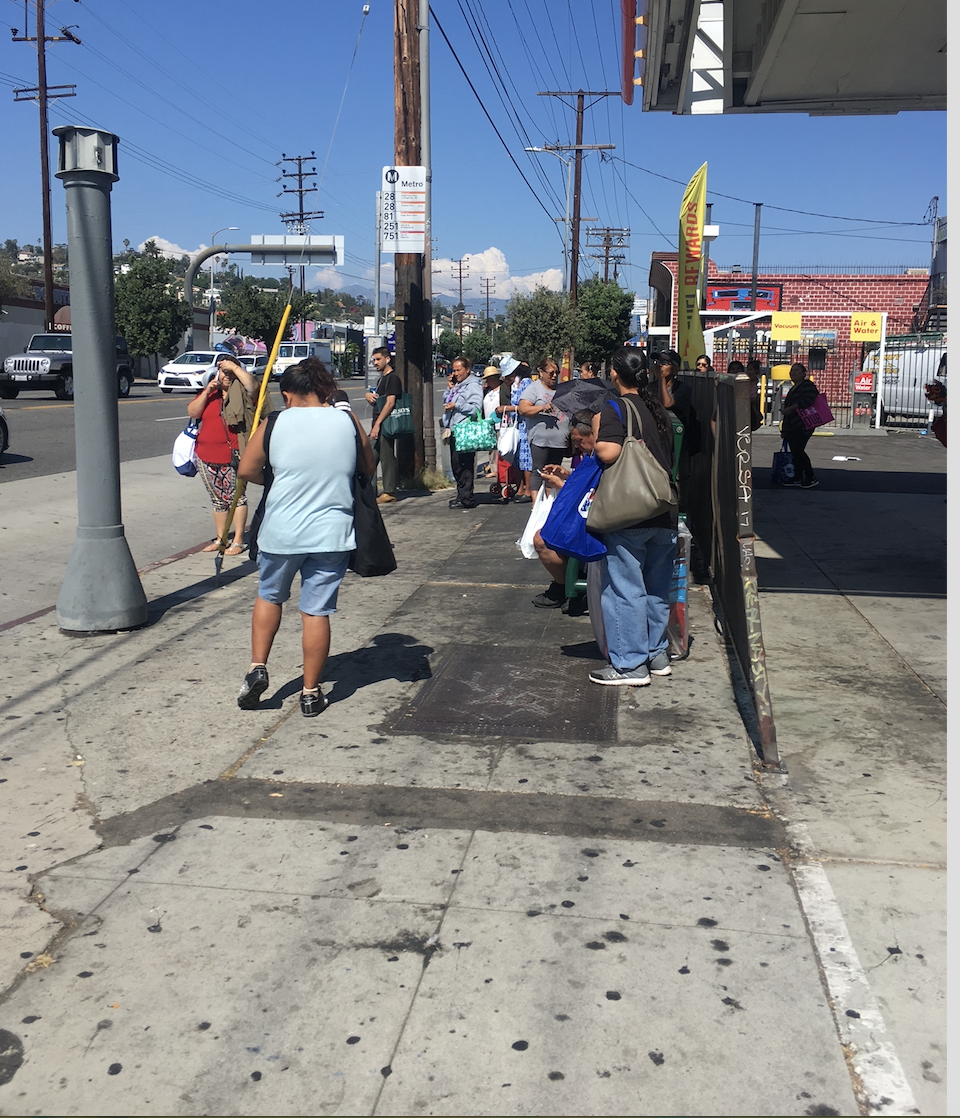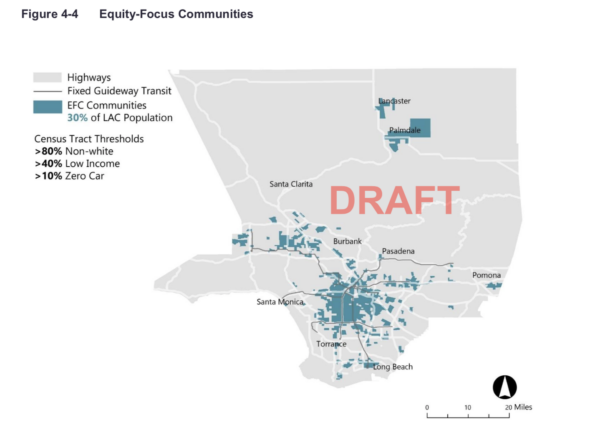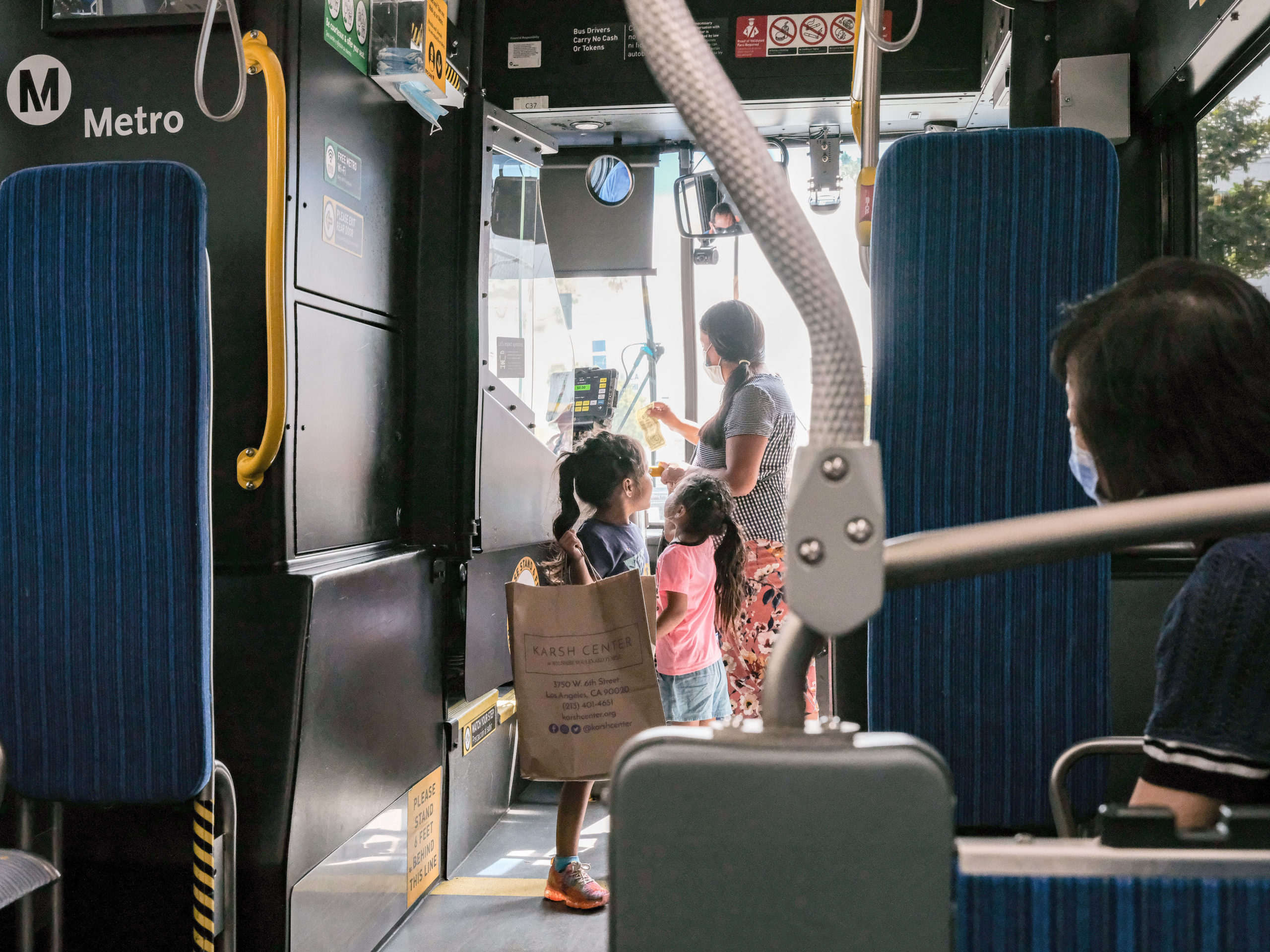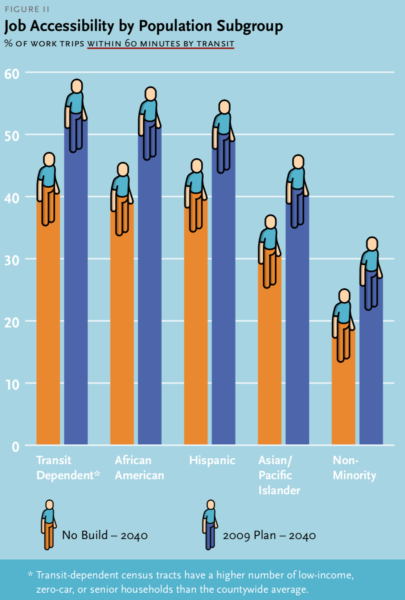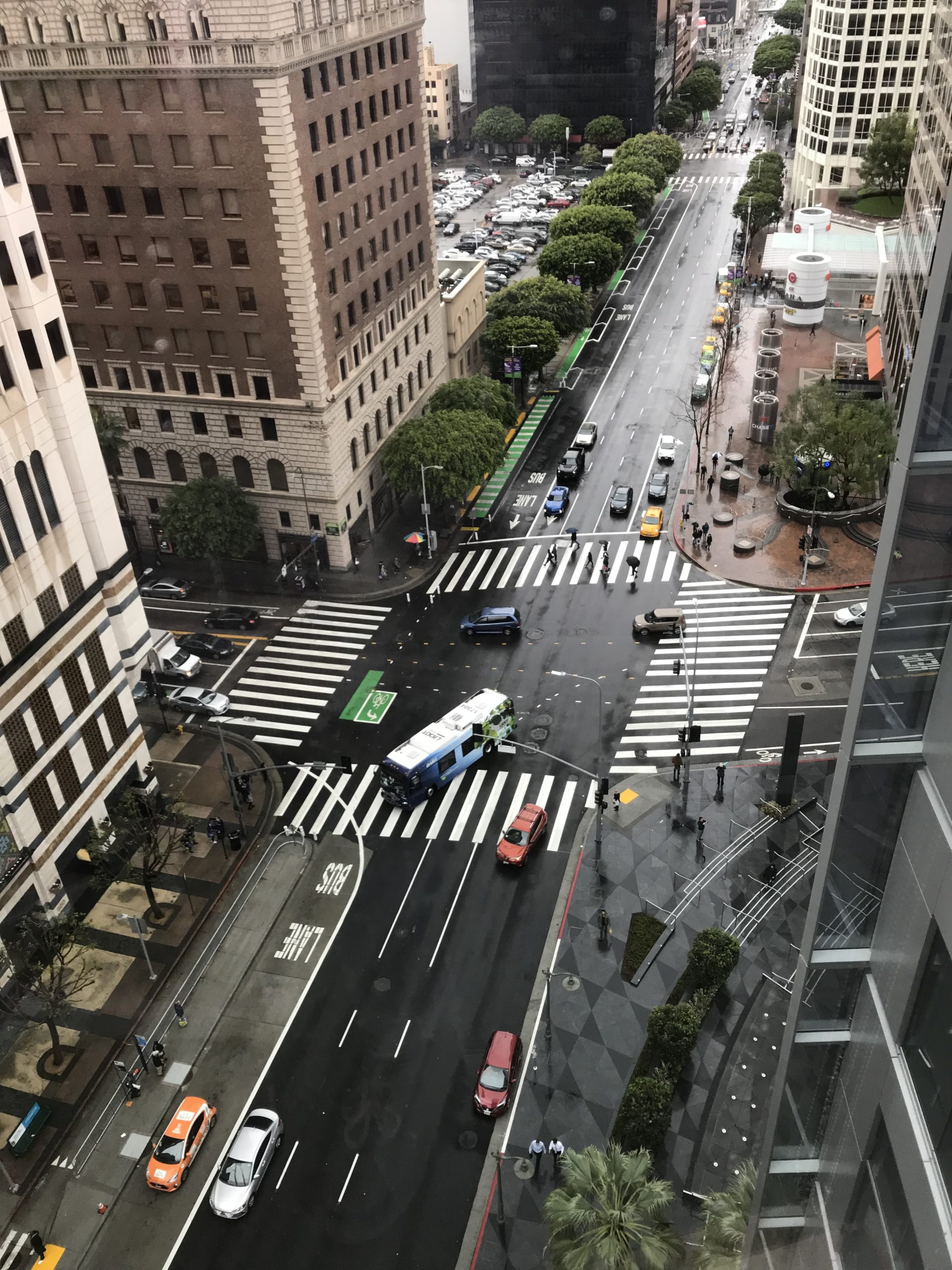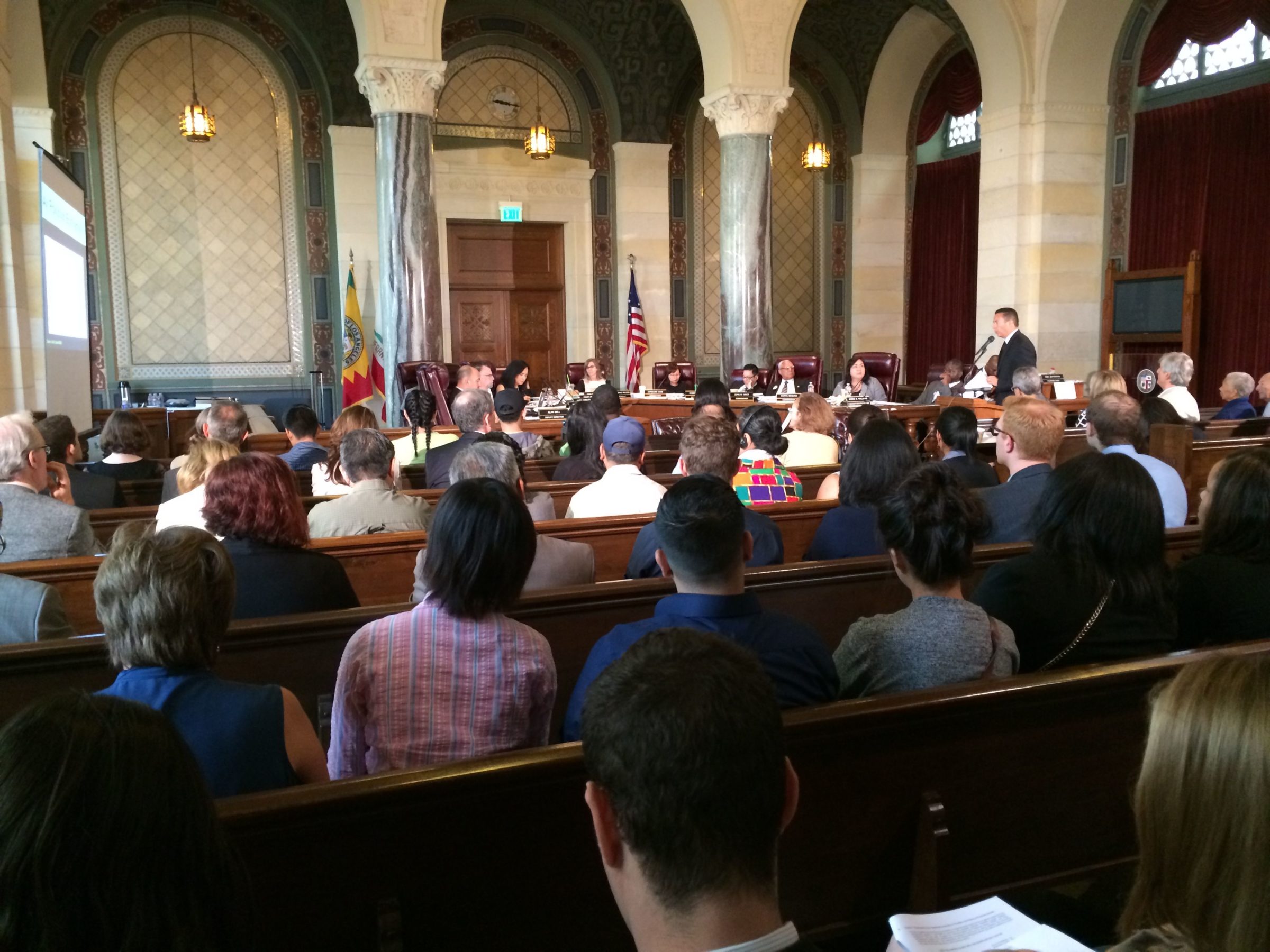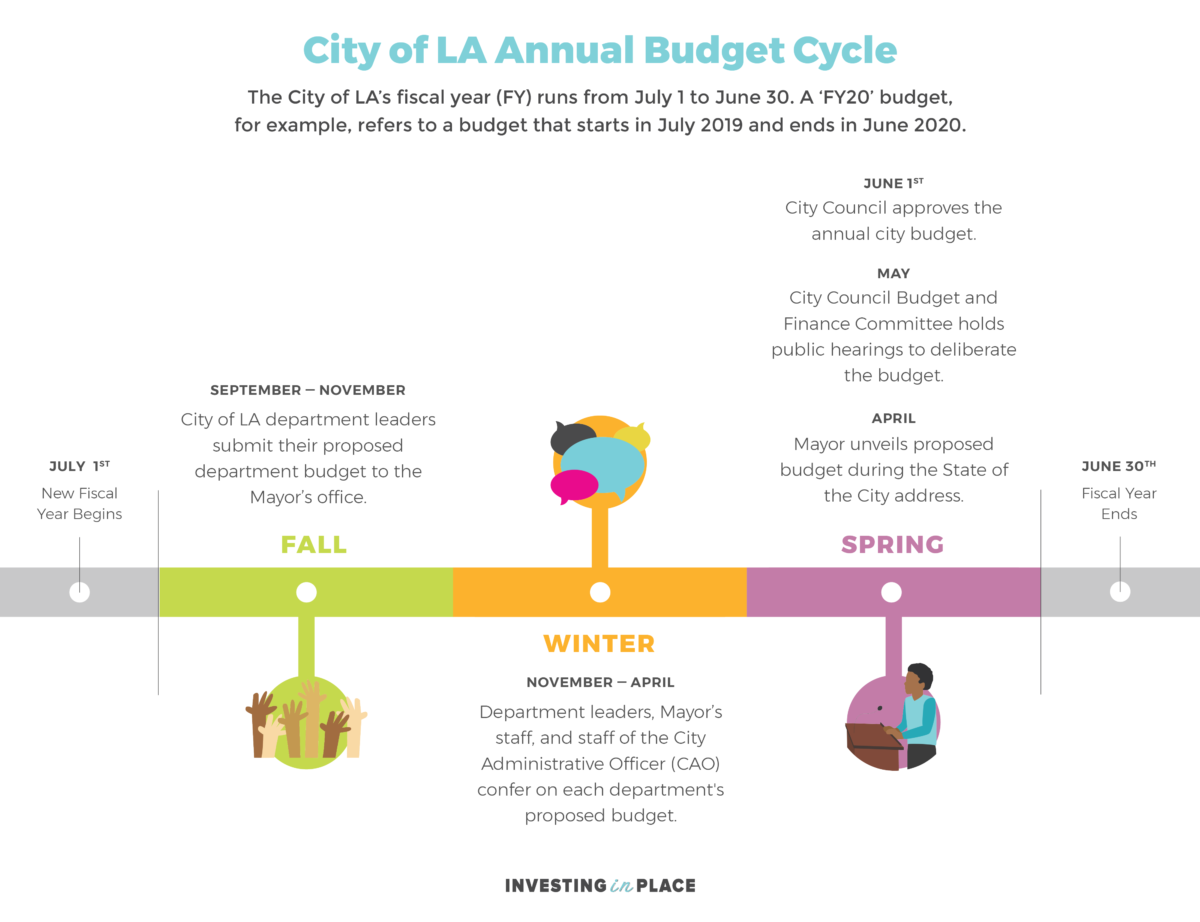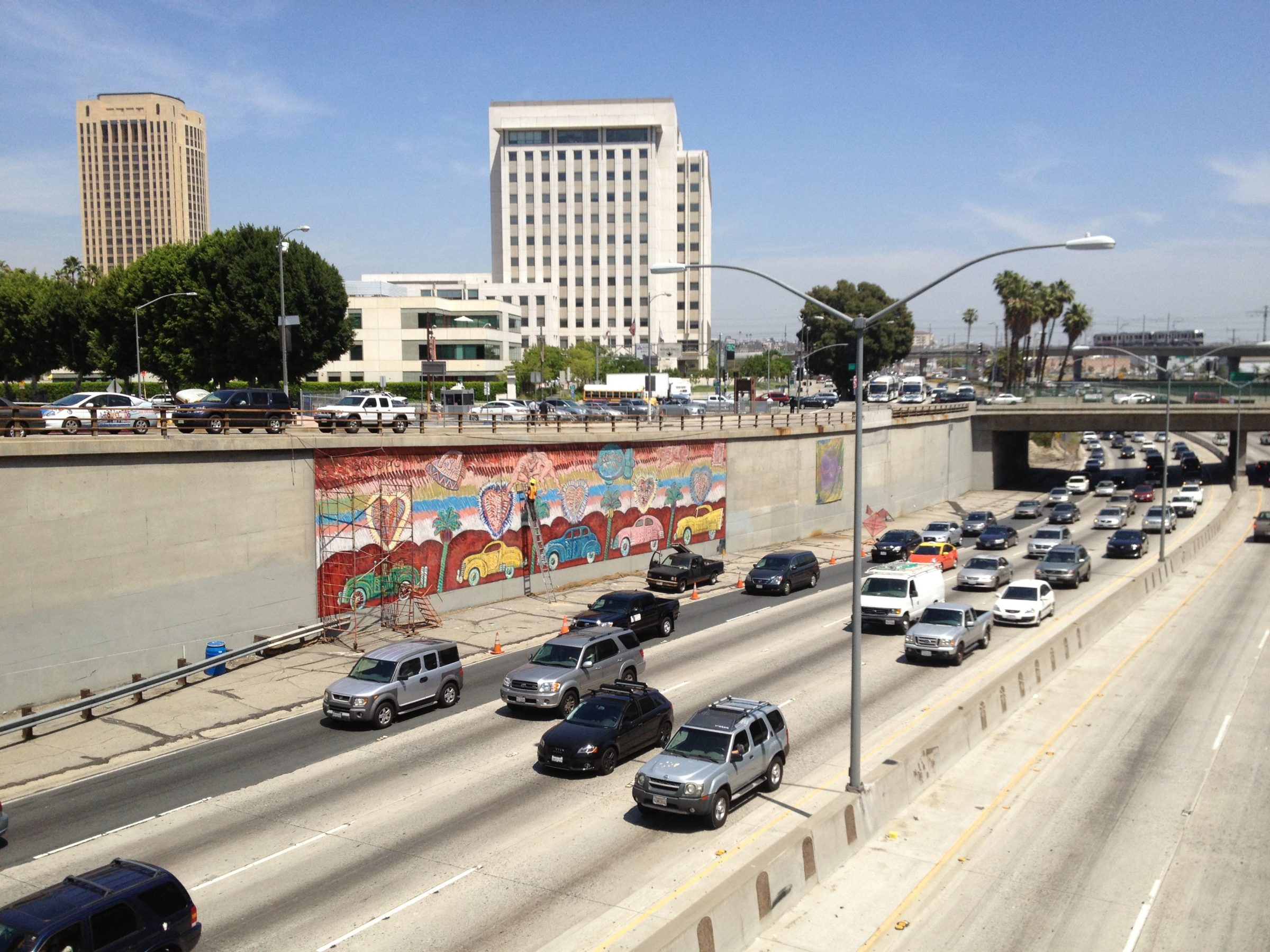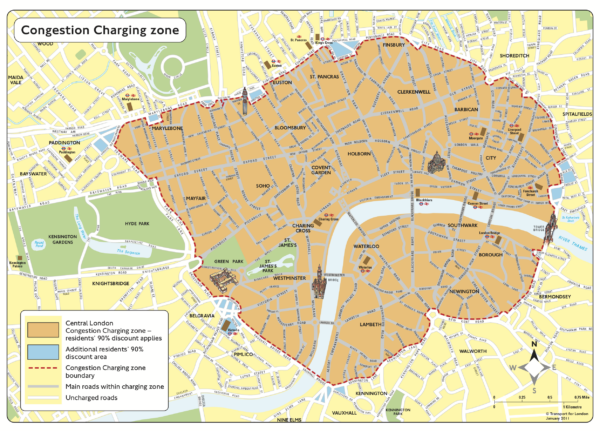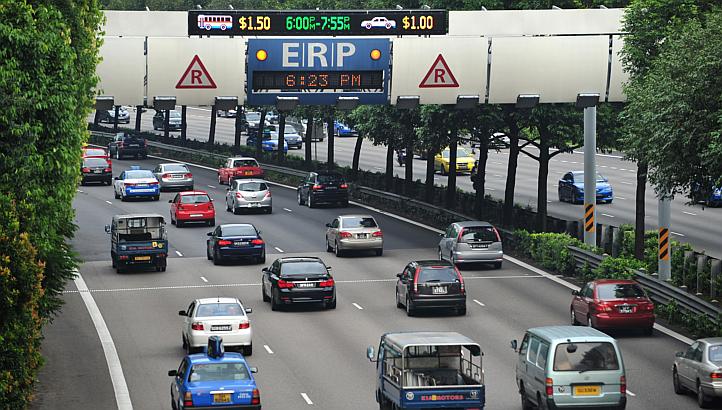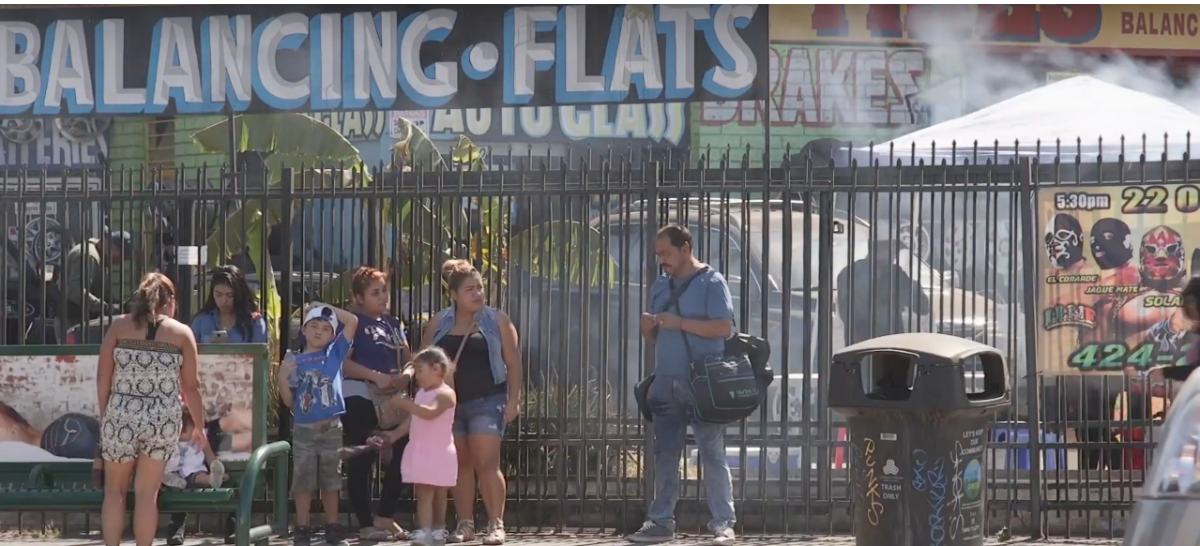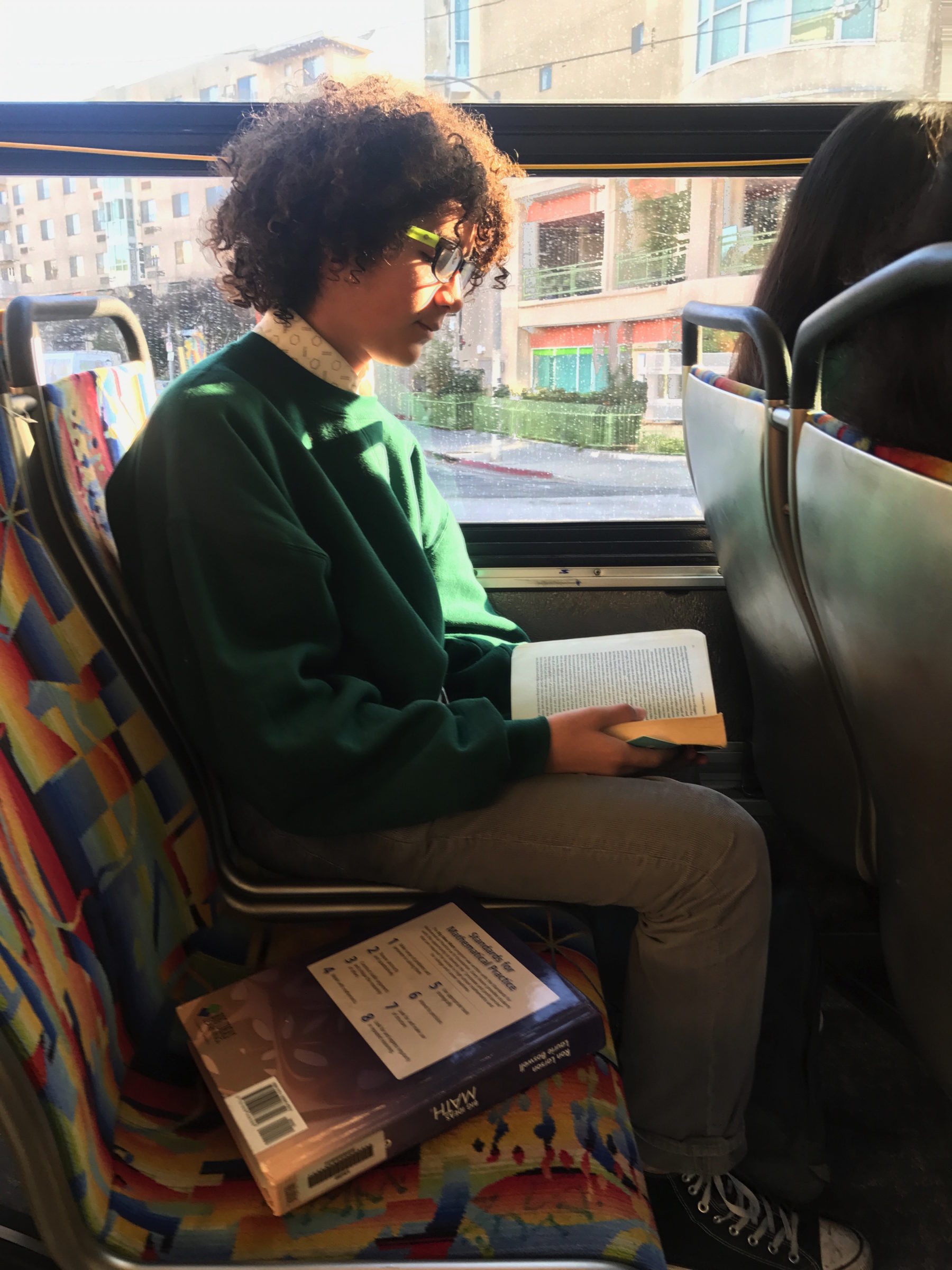Investing in Place is inspired by being part of growing and inclusive movement on budget advocacy. We believe a strong and organized constituency that improves conditions for bus riders in Los Angeles is long overdue. In partnership with the ACT-LA coalition and many other community organizations and leaders, we are working for transit that serves people who rely on it with fast, frequent, reliable, and affordable service.
Issue: In March and April of 2020, Metro cut about 20% of bus service due to impacts from COVID-19. Metro is now working to adopt a budget from July 1st, 2020 to June 30th, 2021, that keeps these cuts in place. Metro went from 7 million revenue service hours in fiscal year 2020 and proposes to go to 5.6 million revenue service hours in fiscal year 2021.
Community Response: For weeks, organizers, advocates and community members have been calling on Metro to make a plan to increase bus service instead of cutting it. What community organizations are hearing from their members today is: buses are crowded and unreliable, with long waits.
As a result of these organizing and community efforts, five Metro Board members introduced a motion that will be heard at tomorrow’s Board Meeting. We have developed an analysis of tomorrow’s motion to help inform and amplify the needs of bus riders today.
Please see our analysis below.
Investing in Place review of Metro Board Meeting Agenda item: 10.1
To be heard at the Metro Board Meeting September 24, 2020
Authors: Metro Directors Bonin, Garcetti, Solis, Garcia and Kuehl (5 Authors)
Votes needed to pass a motion: A majority vote
Total number of Metro Directors: 13
Motion preamble: Related to Item 10: Fiscal Year 2021 (FY21) Budget
The COVID-19 Crisis has created incredible strain on Metro’s operations and finances. An unprecedented drop in sales tax and other revenue has caused a $1.2 billion decrease in Metro’s budget from FY20 to FY21, with additional volatility likely throughout FY21 and beyond. At the same time, COVID-19 health and safety measures and labor agreements have increased operational costs per hour of service. Despite an infusion of federal funding from the CARES Act, Metro still faces an uncertain operations budget that will require continuous updates throughout the fiscal year.
The proposed FY21 budget is an accurate reflection of today’s greatly diminished transit service levels. However, maintaining current service levels for the remainder of the fiscal year is not acceptable for riders nor is it consistent with the agency’s strategic priorities, including NextGen. At a time when COVID-19 has exposed all of the region’s underlying inequities, Metro must plan for and facilitate an equitable recovery that prioritizes the mobility needs of our county’s most vulnerable populations, who disproportionately rely on bus service.
Metro should prepare an FY21 Operations Recovery Plan that outlines a clear decision-making framework for restoring service and identifies the financial and human resources needed at each stage of recovery. This Plan should clearly articulate how NextGen parameters are being applied to interim service decisions, in addition to public health and customer experience considerations. Most importantly, this Plan should commit to achieving NextGen’s performance outcomes (revenue miles, number of high-frequency lines, number of people with access to frequent service), even if pre- COVID revenue service hours may not be necessary to achieve them.
SUBJECT: FY21 OPERATIONS RECOVERY PLAN
RECOMMENDATION
APPROVE Motion by Directors Bonin, Garcetti, Solis, Garcia, and Kuehl that the Board direct the Chief Executive Officer to:
- Report back to the Operations, Safety, and Customer Experience Committee in 60 days, with updates every 60 days thereafter, with an FY21 Operations Recovery Plan that achieves the following outcomes:
Investing in Place: Metro staff need to provide updates achieving outcomes from 1-5 of the “Operations Recovery Plan,” at the November 19th 9am Operations, Safety, and Customer Experience Committee, then present it at the Metro Full Board Meeting December 3rd 10am. And then every 60 days thereafter.
- Aligns bus lines with their respective NextGen service tier standards.
Investing in Place: This means that when Metro says a bus route is a NextGen Tier 1 line, which must run every 7.5 minutes or less during peak hours, Metro has to budget enough service hours to run the line at least that frequently.
See list of Tier 1 and Tier 2 bus routes at the bottom of this page.
- Does not exceed maximum load factors on buses and trains based on industry- accepted health and safety standards.
What is a “load factor”? Metro establishes load factor standards to guide service quantity determination, e.g. how crowded a bus needs to be to trigger Metro to add more service to the bus route.
Investing in Place: We are unclear as to what “industry, health, and safety standards” is Metro using. As of today, Metro has no existing policy that has been clearly communicated to riders and policymakers. This is a problem. Metro needs a plan that is publicly shared and implemented. It is critical that this plan demonstrates consistency in planning, delivering, and communication service to all stakeholders.
Last week, Metro staff shared that the load factor they are using to determine service levels is 75%.
“We’re currently trying to ensure buses are at no more than 75 percent seated capacity compared to the 130 percent standard we used prior to the pandemic.” Metro Source blog 09/21/20
This is not consistent with what Metro is advising people who ride the bus. At the end of June, Metro’s blog, The Source, published a post on “Returning to Metro,” in which they told riders to “keep your distance whenever possible,” adding that riders should “avoid sitting in a vacant seat directly next to another rider” and “keep at least one row of seats between you and other riders.” If that distancing is not possible on the vehicle when a rider boards, Metro advises riders to get off and wait for the next bus. See our blog post here for more information.
Metro built up a lot of good will over the past 2 and a half years through their community outreach around the bus network redesign project NextGen. Metro has consistently heard that people wanted fast, frequent and reliable bus service. Metro staff responded with a proposal that was proactive, which met the demand of short trips and needs for frequent service. However, this budget scenario is backtracking on that goodwill by cutting frequent service, not providing data, and not providing clear communication about decision making and opportunities for community input. It is critical that Metro’s response to the COVID-19 crisis leads with equity, upholds clear and consistent communications, and demonstrates transparency.
We urge Metro to publish load factors and weekly ridership numbers, as well as leveraging the data sets and analysis used in the NextGen study. This includes incorporating the equity focused communities analysis.
Data points:
- Metro evaluates the number of people on buses using APCS (automated passenger counting) and videos from inside buses.
American Public Transportation Association (APTA) recommends: There appears to be no universal standard for bus load capacity regardless of vehicle size. Transit agencies are expected to create their own maximum seating capacity and to increase service levels to match demands, while bus operators are expected to enforce load capacity.
Link to APTA research: “Developing a Pandemic Virus Service Restoration Checklist.”
And APTA’s “The COVID-19 Pandemic Public Transportation Responds: Safeguarding Riders and Employees.”
Investing in Place does not support APTA’s recommendation as a best practice for Metro. We are sharing this in case it is helpful as it is often referred to by Metro staff and policymakers. Investing in Place does not encourage a policy of bus operators having to enforce load capacity, for their own safety (i.e. no conflicts with passengers, less distractions). APTA’s recommendation seems to set up drivers for conflicts with bus riders and provides no objective standards and unclear communications.
- Sets criteria for adding service in anticipation of future on-street conditions related to economic sector and/or school reopenings and the return of traffic congestion and effect on bus speeds.
Investing in Place: Metro has repeatedly said they will add service when ridership warrants it. It is critical that the agency flips this approach to a more proactive one. Metro needs to have a plan in place to ensure the seats are available as the ridership returns.
An operations recovery plan for Metro bus service should include a publicly adopted plan that includes benchmarks such as:
“If we hit X milestone, we will add additional service.
In reality, what community partners are hearing from their members today is: buses are crowded and unreliable, with long waits.
Data questions:
- How does Metro track bus speed?
- What is the “Metro Arterial Performance Measurement Program” data telling us about traffic on key bus corridors?
- Takes full advantage of operational savings from faster bus speeds to achieve performance-based service outcomes.
Investing in Place: Since March 2020, Metro has cut about 20% of bus service, the proposed FY21 budget from Metro wants to keep that 20% bus service reduction until June 30, 2021 and possibly beyond. Community organizations and their members are saying today, that buses are crowded and infrequent and more buses are needed today.
One of the ways to measure bus service levels is “Revenue Service Hours,” or RSH. RSH are defined as: hours that vehicles are transporting or loading passengers or on layovers between trips. Revenue service is measured in terms of revenue hours and revenue miles.
- Metro’s Pre-Covid RSH: 7 million
- Metro’s proposed FY 21 budget RSH: 5.6 million
Metro staff is asserting that they can run the same level of service because bus speeds are faster during COVID due to less traffic on the streets. However, while many people are able to stay home, many are still traveling within their neighborhood. And many essential workers are still commuting. Community reports show traffic is back in many neighborhoods, yet Metro staff state “that buses are averaging 1-2 miles an hours faster during COVID.” Where is this data?
Data questions:
- How does Metro track bus speed?
- What is the “Metro Arterial Performance Measurement Program” data telling us about traffic on key bus corridors?
- Restores revenue service hours as appropriate to achieve all of the above outcomes.
Investing in Place: It is hard to see how Metro Operations Recovery plan, as outlined in 1-4 above, is achieved without adding more service hours.
- Report back to the Finance, Budget, and Audit Committee in 60 days with an amendment to the FY21 Budget, if necessary, to implement the above FY21 Operations Recovery Plan.
Investing in Place: Metro staff need to provide a budget update and if needed a budget amendment for achieving outcomes from 1-5 of the “Operations Recovery Plan,” at the November 18th 1:30pm Finance, Budget, and Audit Committee, and then present it at the Metro Full Board Meeting December 3rd 10am.
Detail on Metro Next Gen Tier 1 and Tier 2 Bus Routes
Tier 1 definition: Metro buses that, under the NextGen plan, will be every 7.5 minutes or less during peak hours
Tier 2 definition: Metro buses that run greater than 7.5 minutes but run 10 minutes or less during peak hours
Tier 1 buses:
2 – Sunset/Alvarado
4 – Santa Monica
16 – 3rd
18 – Whittier
20 – Wilshire
28 – Olympic
33 – Venice
45 – Broadway
51 – Avalon
60 – Long Beach
70 – Garvey
108 – Slauson
111 – Florence
180 – Colorado/Fairfax
204 – Vermont
207 – Western
212 – La Brea
234 – Sepulveda
901 – G Line (Orange)
910 – J Line (Silver)
Tier 2 buses:
10 – Melrose
14 – Bever
30 – Pico
40 – Hawthorne/Crenshaw
48 – San Pedro
53 – Central
66 – Olympic
78 – Las Tunas
81 – Figueroa
105 – Vernon
206 – Normandie
210 – Crenshaw
233 – Van Nuys
240 – Reseda/Ventura
251 – Soto
Bus Routes that have dropped from Tier 2 to Tier 3 (15 minutes or less):
35 (Washington)
55 (Adams/Compton)
76 (Valley)
115 (Manchester)
152 (Roscoe)
162 (Sherman)
166 (Nordhoff)
224 (Lankershim)
260 (Atlantic)
603 (Glendale)
605 (Boyle Heights)
761 (Sepulveda Pass Rapid)
Bus Routes that have dropped from Tier 2 to Tier 4 (30 minutes or less):
601 (Warner Center)
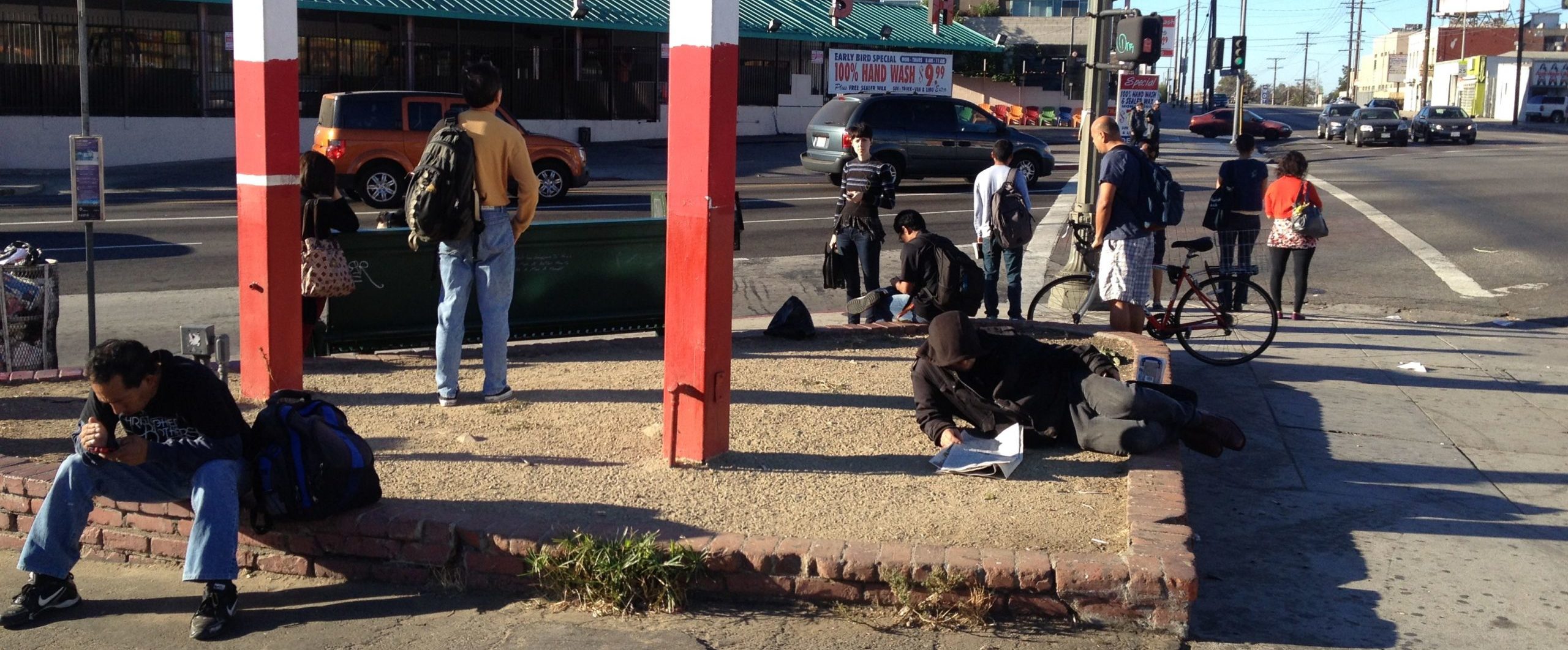
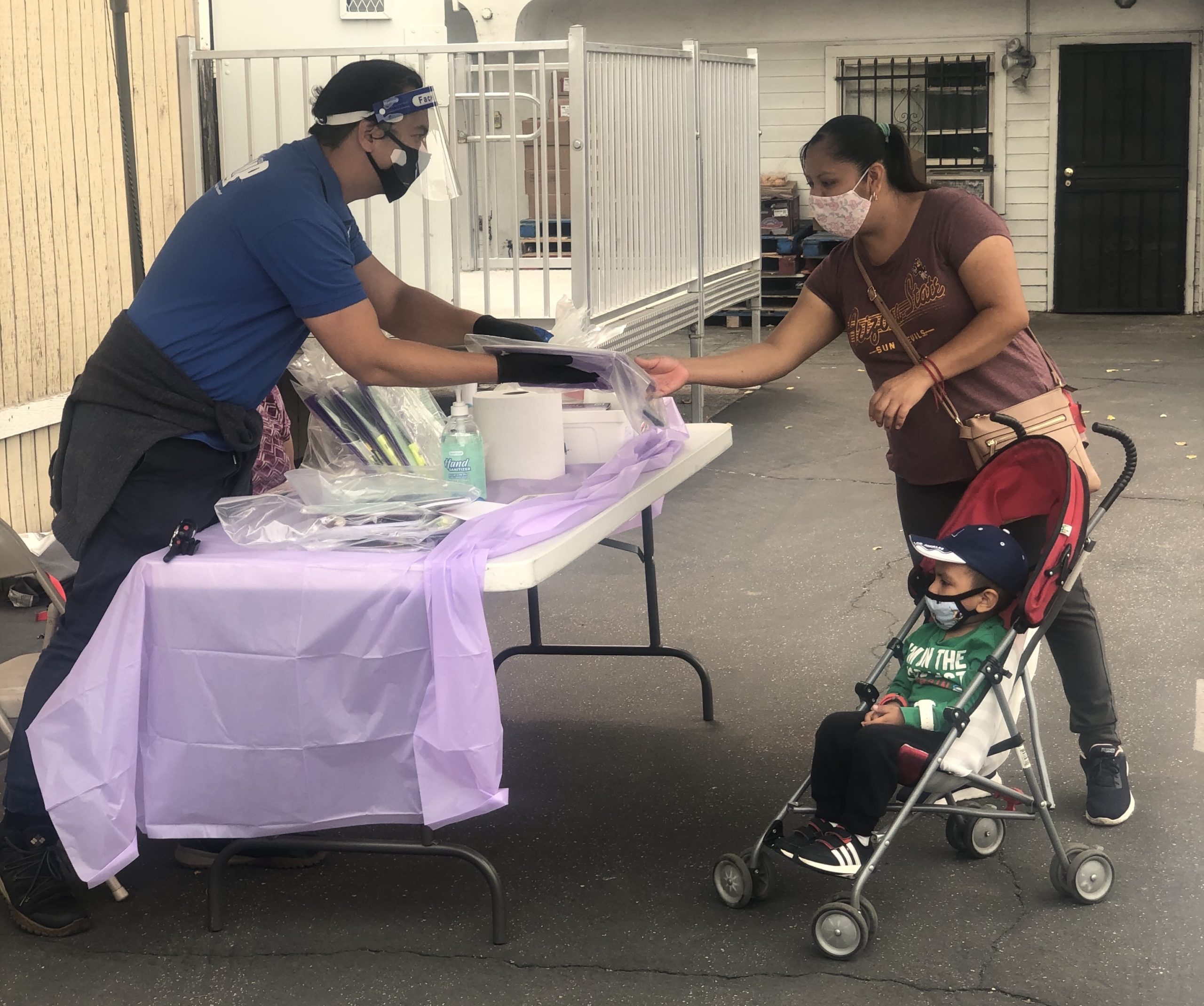
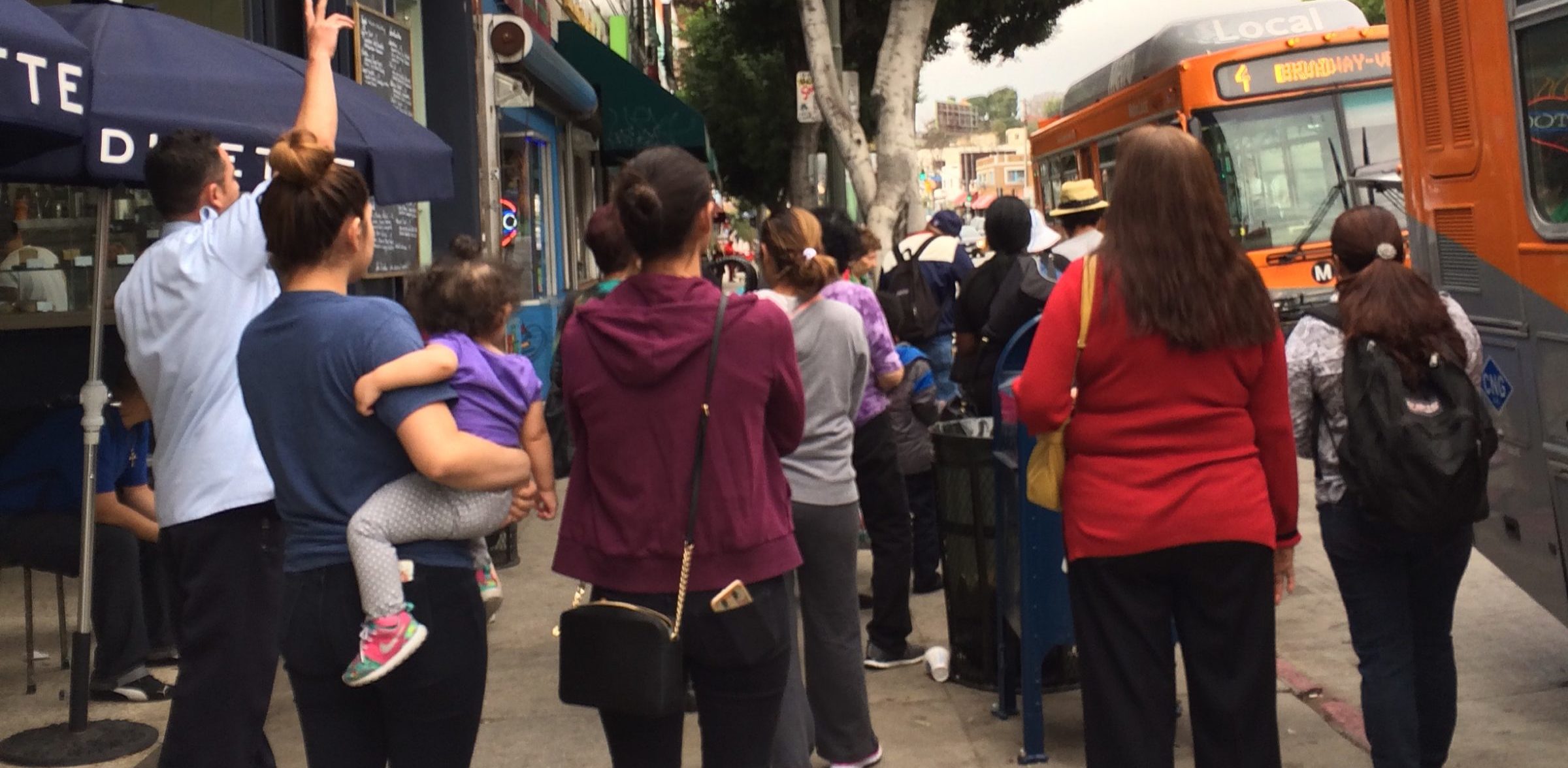
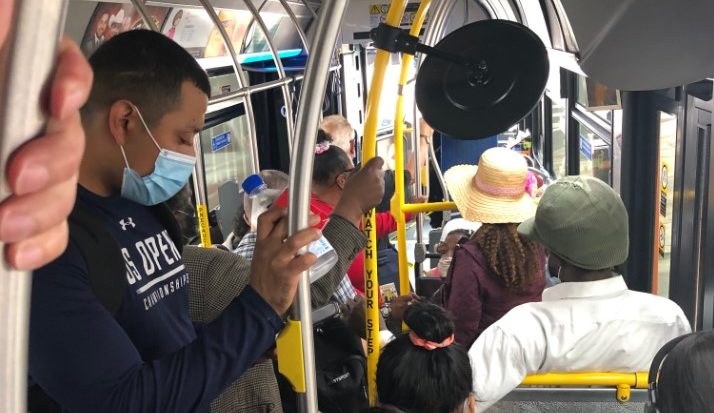
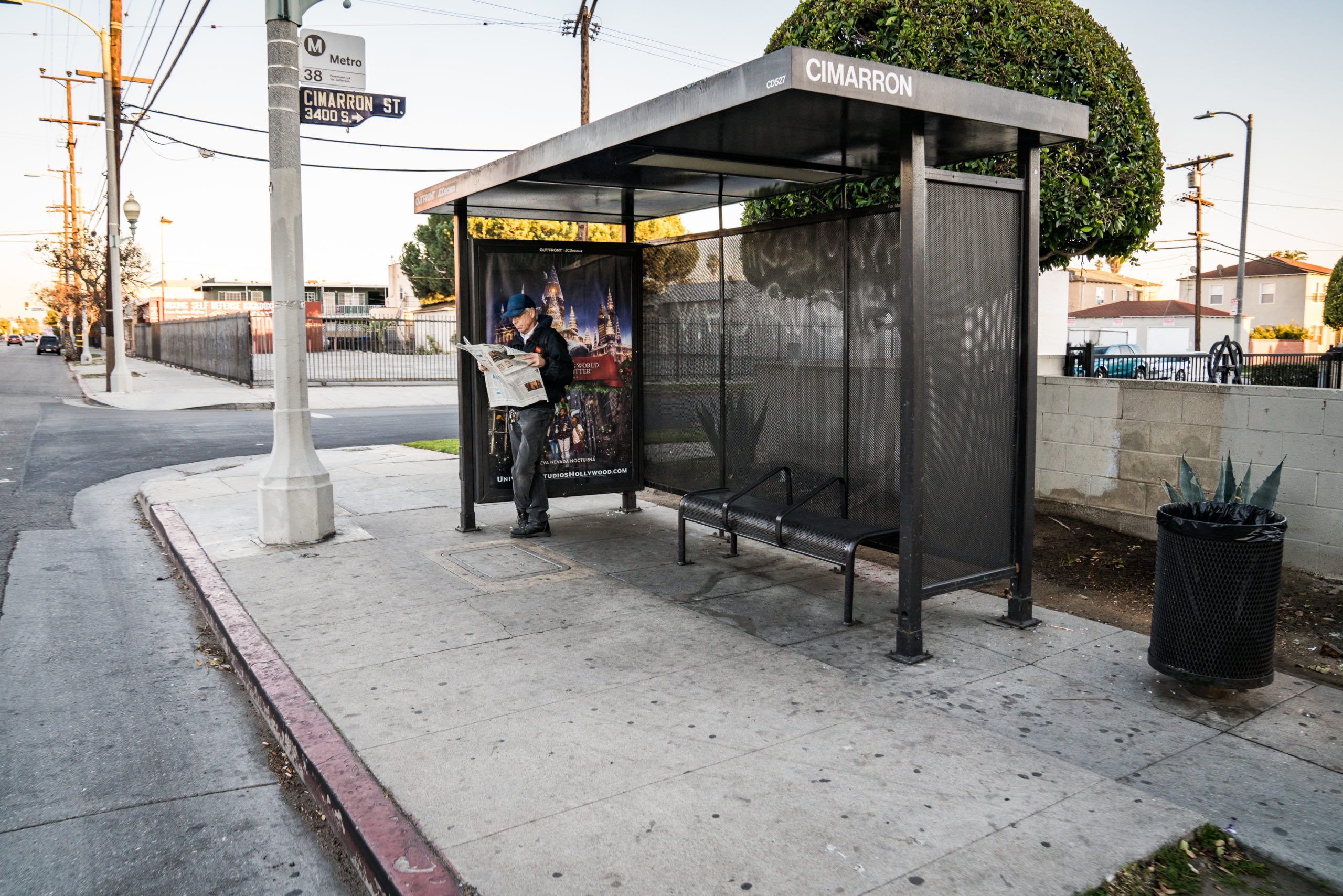
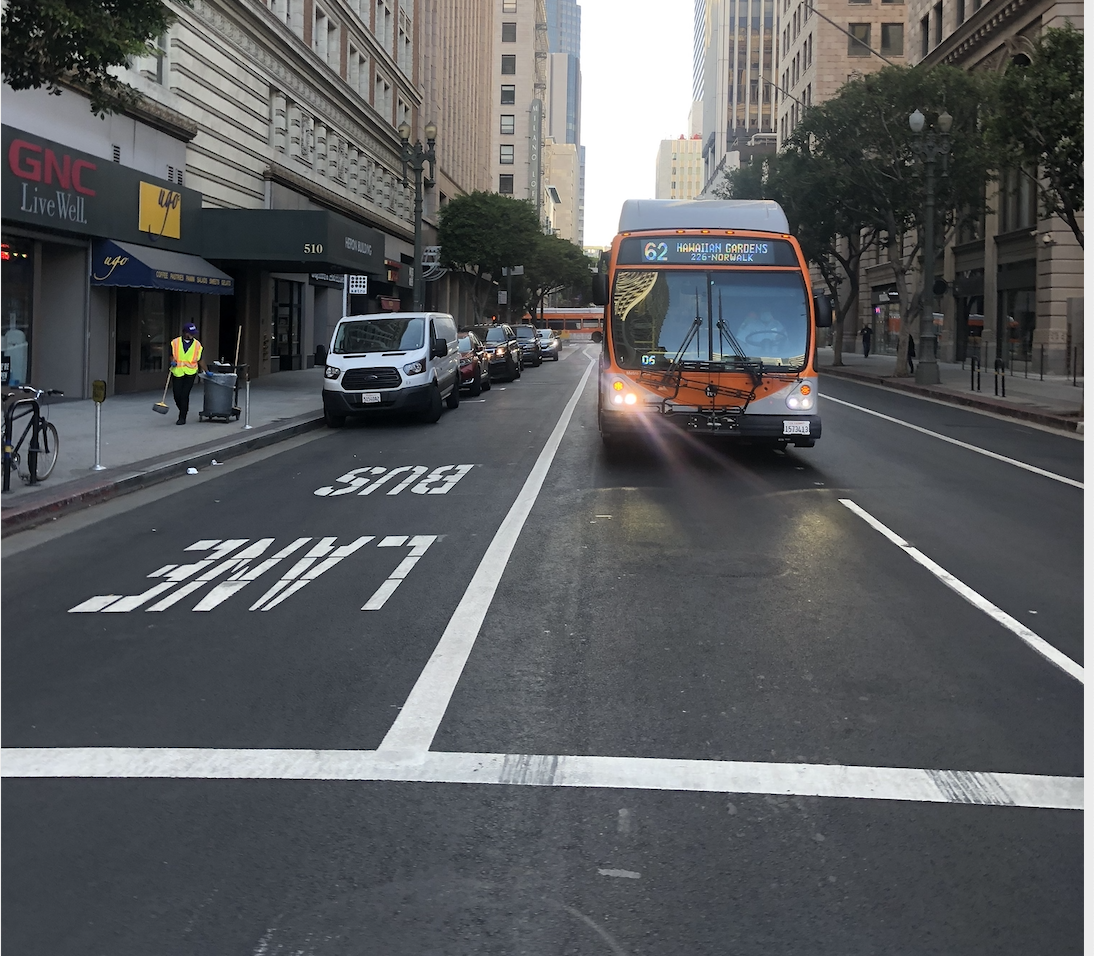



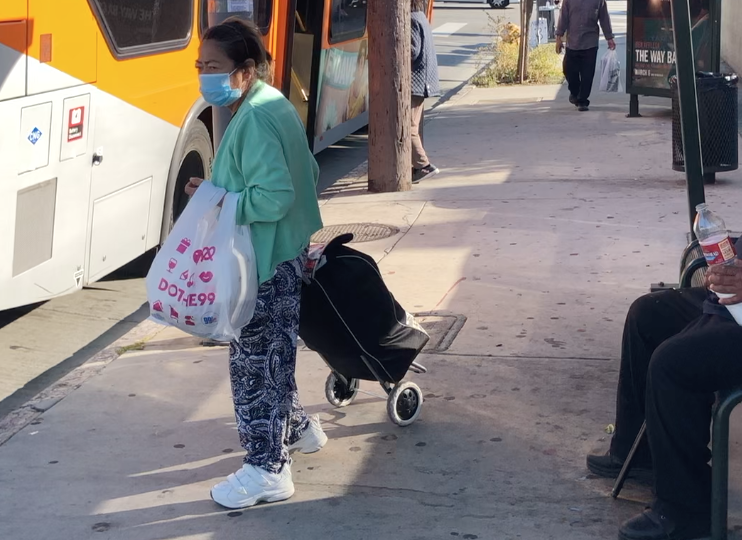
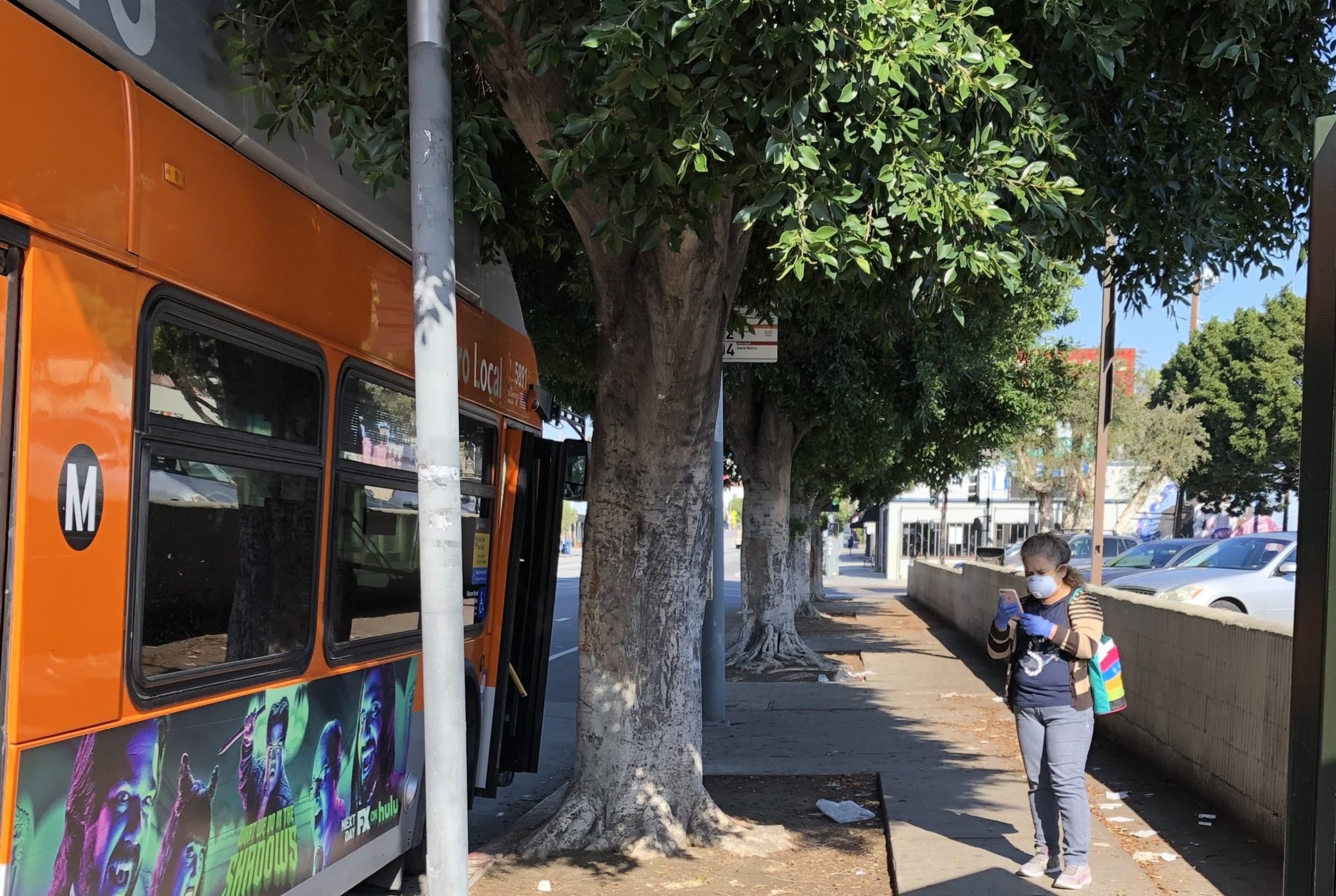
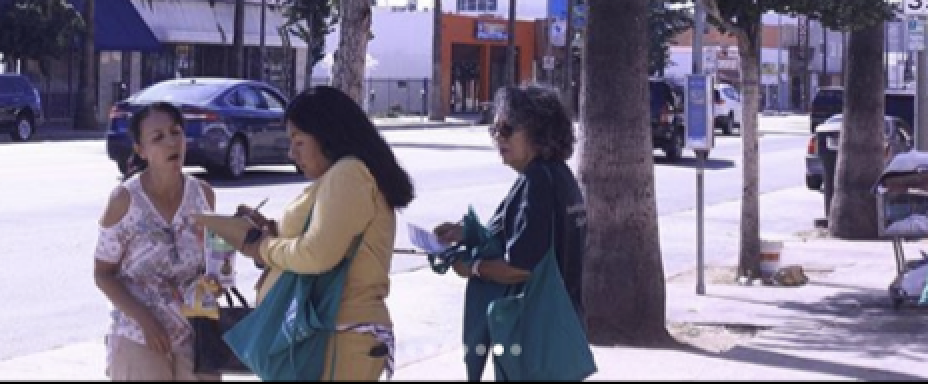
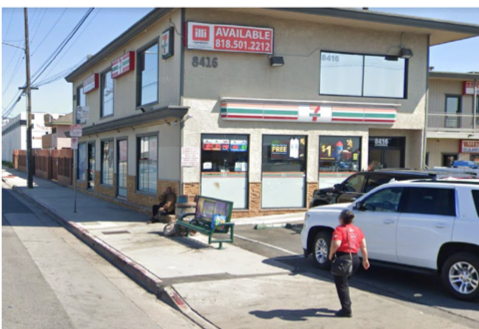
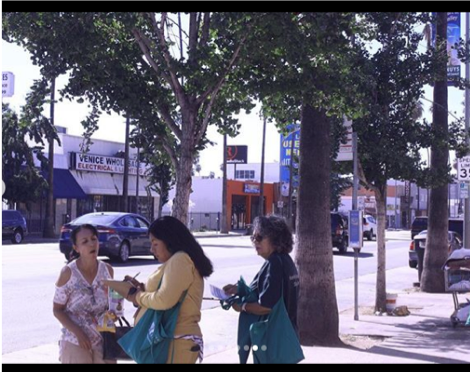
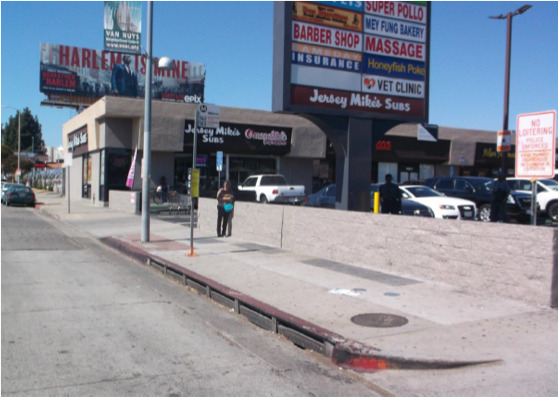
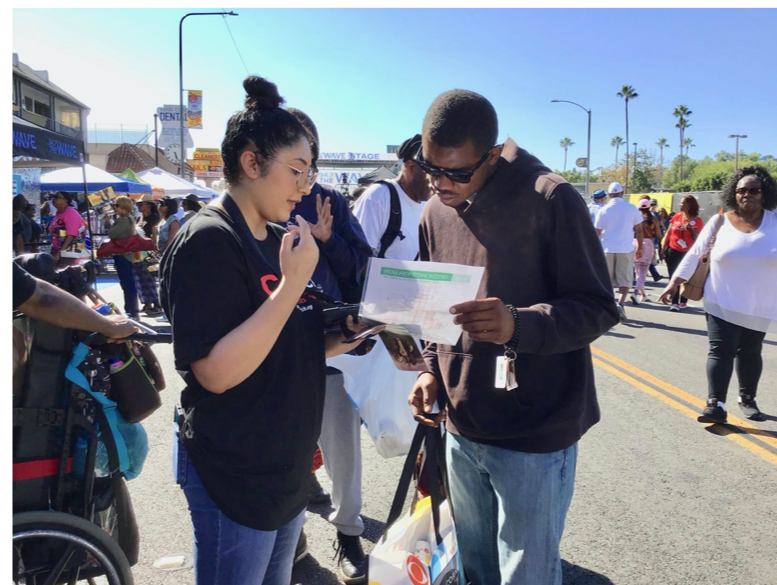
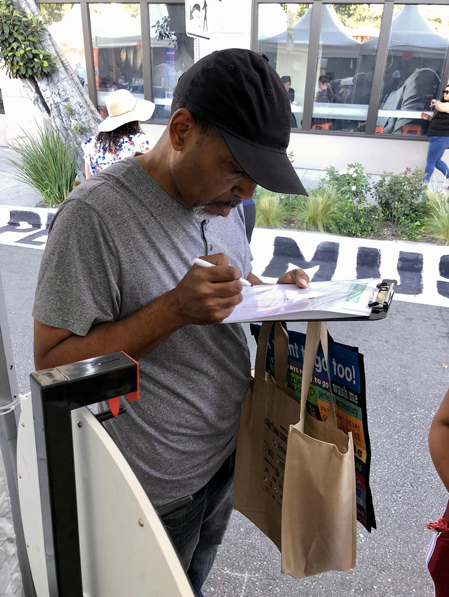 SLATE-Z Conducted community outreach at events and in neighborhoods in South LA.
SLATE-Z Conducted community outreach at events and in neighborhoods in South LA. 